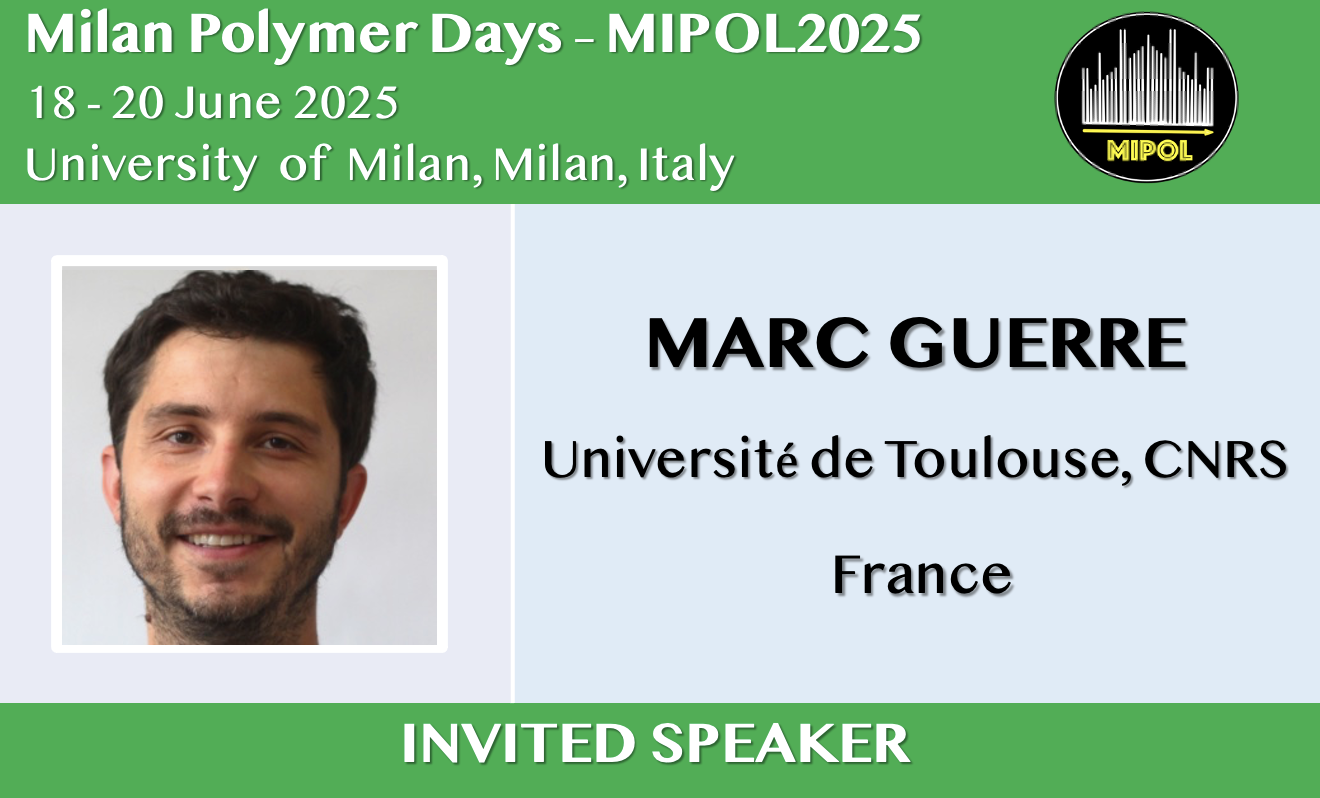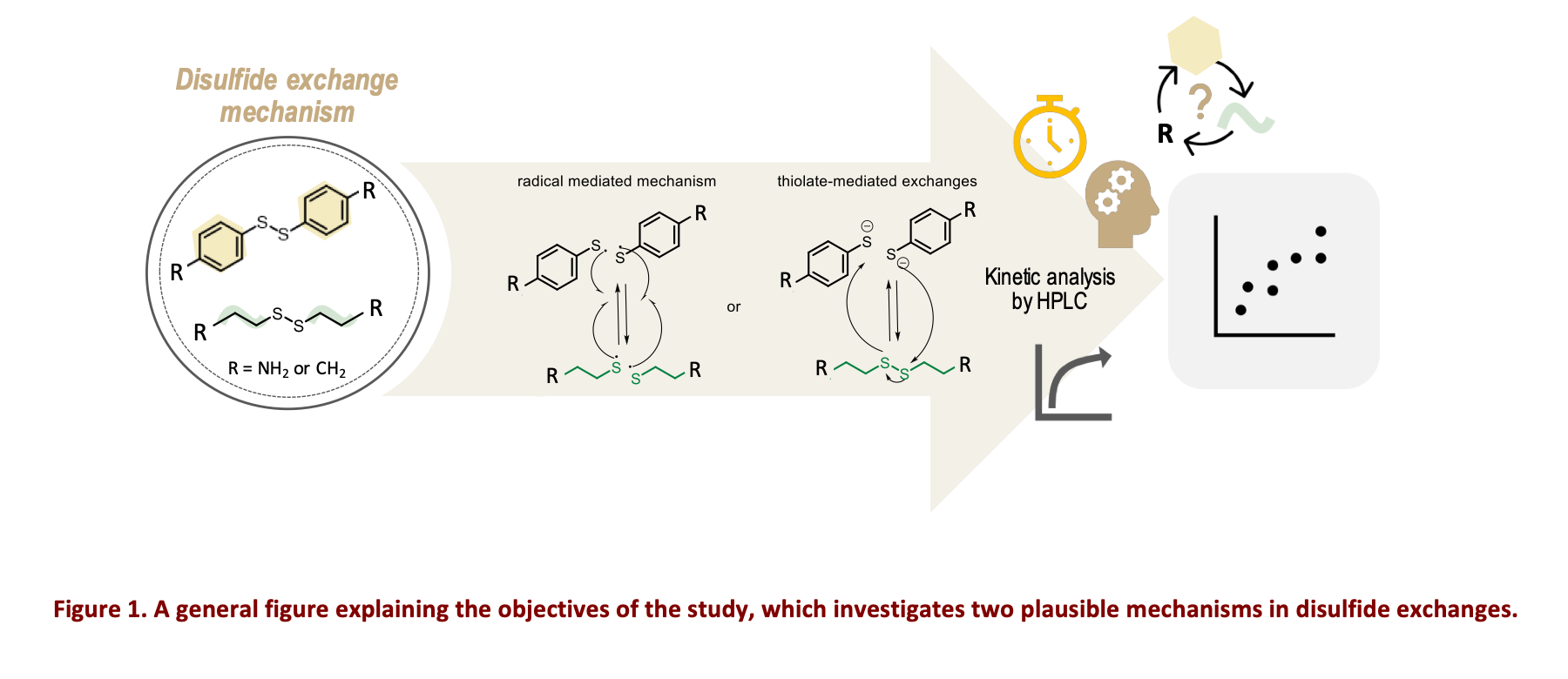Disulfide-based vitrimers: from mechanistic insight to industrial implementation
Abstract

Disulfide vitrimers offer numerous advantages over traditional epoxy materials such as reparability or reprocessability [1]. These distinctive properties come from the incorporation of dynamic reversible covalent bonds such as disulfide bonds. However, the mechanism of disulfide exchanges is complex to understand with strong dependency with the regards to different intrinsic parameters [2]. Therefore, rather than giving too much importance to the Bond Dissociation Energy (BDE) values, which were initially employed for predicting dynamic properties, we performed a comprehensive fundamental study of the influence of the stoichiometry and the neighbouring group participation on the overall dynamic performances of disulfide-containing epoxy vitrimers. In the view of clarifying this mechanism and improving the dynamic properties of disulfide-based materials for industrial applications, a series of model reactions were conducted.
Our findings revealed that the influence of the stoichiometry in the dynamic structure can enable a huge modification on material’s intrinsic behaviors. These prior observations, supported by thermomechanical analysis, confirmed that the excess of amines, conducting to the formation of secondary amines, does not induce a significant influence on exchange kinetics but mostly act on the cross-linking density. Moreover, we demonstrated a notable increase in the rate of disulfide bond exchange by incorporating tertiary amines into model epoxy systems. Also, our study revealed that the structure of the dynamic hardeners requires a huge attention to control dynamic properties (Fig. 1). We observed that the neighbouring groups such as amines, present into hardeners like cystamine or 4AFD, showed a significant impact on the nature and on the kinetics of disulfide exchanges at molecular scale and certainly, by extrapolation, at the material scale.

References
S. Guggari, F. Magliozzi, S. Malburet, A. Graillot, M. Destarac, M. Guerre ACS Sustainable Chem. Eng, 2023, 11, 6021
S. Nevejans, N. Ballard, J. Miranda, B. Reck, J. Asua Phys. Chem. Chem. Phys., 2016, 18, 27577
Acknowledgments
This work was supported by the VIBES project. This project has received funding from the Bio-Based Industries Joint Undertaking (JU) under grant agreement no.101023190. The JU receives support from the European Union’s Horizon 2020 research and innovation program and the Bio-Based Industries Consortium.

